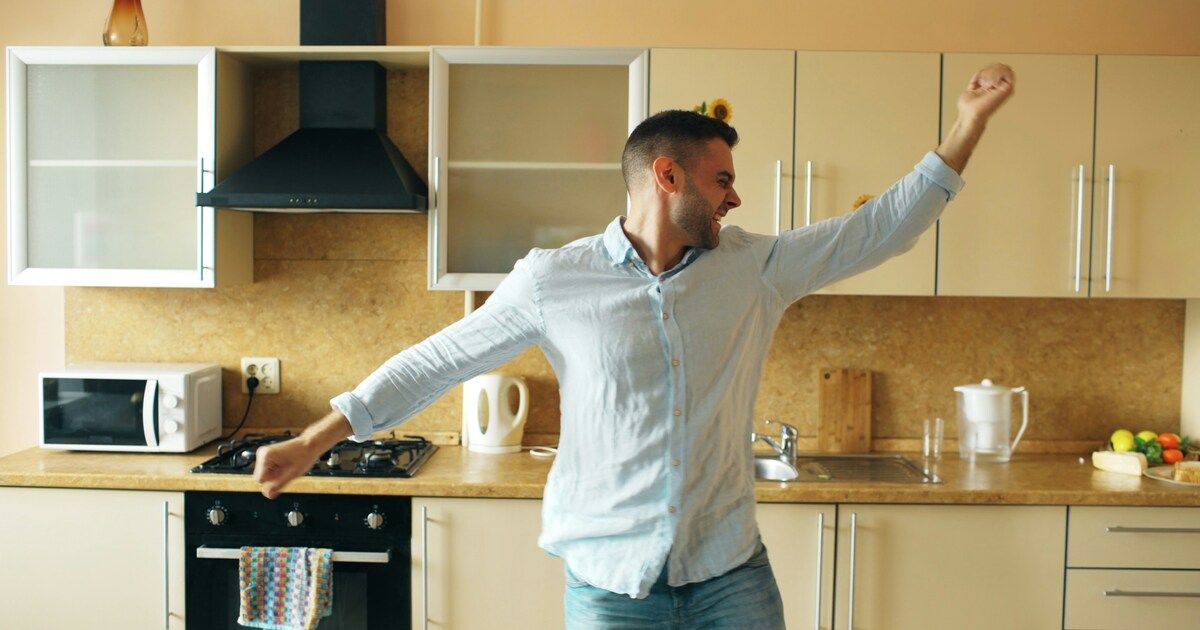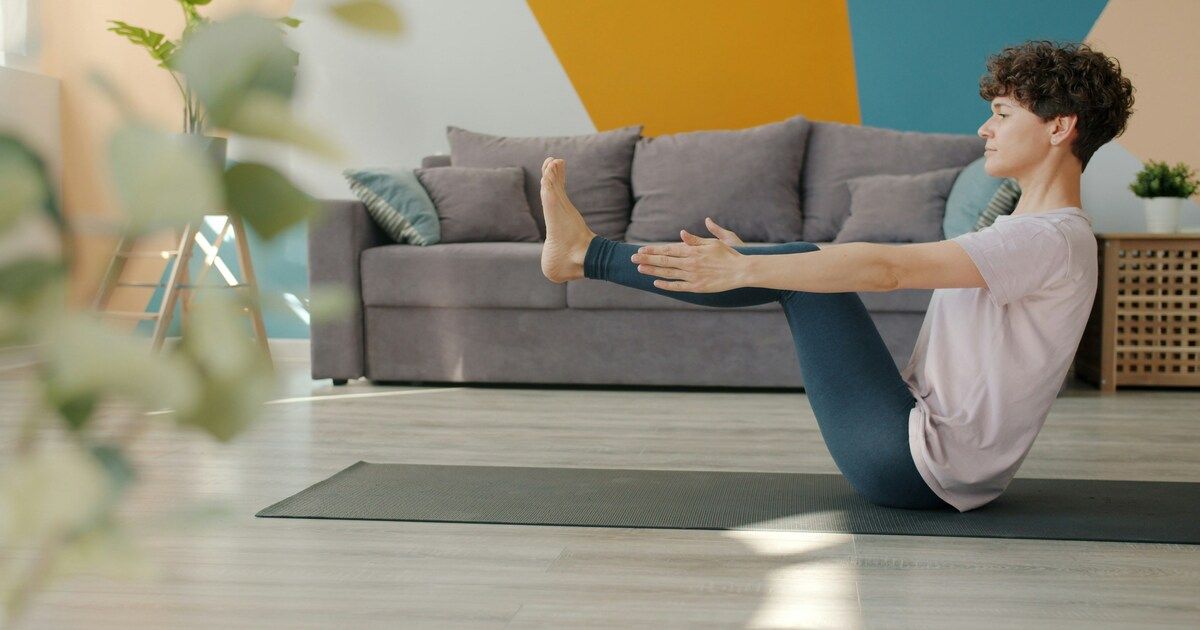Stress has become a part of daily life, leaving many of us drained even without much physical activity. Sometimes it feels like our energy disappears for no reason. When left unmanaged, stress can cause fatigue, irritability, and even long-term health issues.
Many people think relieving stress requires special equipment or long workouts every time. However, there are simple exercises you can do right at home to feel better without having to step outside or spend hours working out. You just need small, intentional actions that help you release tension and reconnect with your body and mind.
Why Stress Relief Matters
Stress impacts your nervous system, your energy levels, and your ability to think clearly. When stress builds up, it can affect your sleep, your mood, and even how your body functions. Taking a few minutes each day to do stress relief exercises can help reduce anxiety, improve your focus, and give you a sense of calm. These small practices add up over time and create a healthier routine for your mind and body
Stress Relief Exercises You Can Do at Home
1. Dancing
Dancing is a fun way to release stress, and you don’t need any special dancing skills to benefit from it. Put on music you enjoy and move however your body wants to move. Shake out tension from your arms, legs, and shoulders.

It is not about looking perfect or following steps; let the rhythm guide you. The goal is to move freely and enjoy the music, so avoid stiff movements or holding tension in your body. Dancing releases both physical and emotional stress and makes the process feel light and enjoyable.
2. Walking Meditation Indoors
Indoor walking meditation is a simple but effective way to reconnect with your body. Walk slowly around your home and focus on your breathing and how your feet feel as they touch the floor.
Pay attention to your surroundings and your movements. When you are mindful, you won't walk distractedly or rush through the steps. Even a short 5 to 10-minute session can clear your mind and help you feel grounded.
3. Journaling
Journaling allows you to process emotions and release mental tension. You can write down your thoughts before or after doing any of the exercises. Do not worry about spelling, grammar, or writing neatly, instead focus on what is bothering you or what you are grateful for. The goal is to express yourself and let go of mental clutter. Combining journaling with physical exercises gives both your body and mind a chance to relax fully.
4. Breathing exercises
Deep breathing is simple but powerful. A basic technique is to inhale slowly for four seconds, hold your breath for four seconds, and then exhale for four seconds. Repeat this for a few minutes.
This helps calm your nervous system and brings a sense of immediate relaxation. You can do it in the morning, before bed, or anytime you feel tension rising. Focus on slow, steady breaths, and avoid shallow breathing or holding your breath for too long, which can make you feel dizzy.
5. Stretching and Yoga Poses

Stretching your body or doing gentle yoga helps release tight muscles and promotes relaxation. Poses like child’s pose, cat-cow, forward fold, or a gentle seated twist can help your body let go of tension. If you’re unsure how to do them, there are many accessible video tutorials on YouTube that can guide you step by step.
Take your time with each movement and don’t push your body into positions that feel painful. Pay attention to how your muscles feel and breathe through the stretches. Stretching not only relaxes your body but also gives your mind a short break from constant thoughts.
Other Ways to Create a Calming Home Environment
Small changes in your home can have a noticeable impact on how calm you feel. Therefore, your environment can influence how relaxed or stressed you feel. Some easy ways to improve your home space include:
- Declutter your surroundings to create a clean space that helps clear your mind.
- Add plants or flowers indoors to bring nature in and boost your mood.
- Play soft music or nature sounds to create a relaxing, calming atmosphere.
For a more relatable and deeper look at handling stress, check out this story on stress, burnout, and recovery
When to Seek Professional Help
Home exercises are helpful for daily stress, but chronic stress may require professional support. Therapy or counseling provides strategies that go beyond quick fixes. Seeking help is normal and does not mean you are weak. It simply means you are taking your mental health seriously.
Conclusion
Your home can be a space for healing and calm by practicing these stress relief exercises, paying attention to your body, and creating a peaceful environment. You can reduce tension and improve how you feel by trying even one exercise today. Over time, these small steps can build a healthier, calmer daily routine.
RELATED ARTICLE: 10 Everyday Habits That Could Be Fueling Your Stress Without You Knowing
